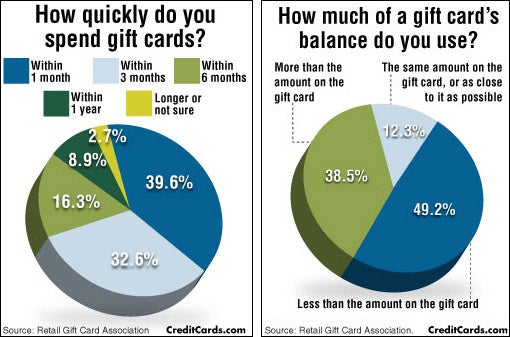Engraved glass awards stimulate an unwavering spirit of dedication and excellence. They foster a culture of acknowledgment that goes beyond ordered borders.
Wheel inscription is displayed on a goblet likely made in the 1700s covered with complex Chinese-style concepts. These motifs announced loyalty to the Jacobite reason. This is an impressive example of how imported Asian products affected European layout fads.
Origins
As glassmaking became much more advanced, engravers became aware that a design added to a piece of glass transformed it from practical right into preferable. They trying out a variety of scratching, abrading and cutting methods.
The most proficient engravers generated great detailed work. Anna Roemers Visscher, that was a glass cutter and engraver, was renowned for her delicate flowers, inspired by the natural history books prominent in her time.
Engravers likewise sculpted great linework right into glass. By the end of the 17th century, engravers had actually started to desert straight quality in favour of crosshatched chiaroscuro results. Among the earliest instances is videotaped on a container by a Rotterdam engraver that authorized his collaborate with a jotted liberty and vigour that raised it over the remainder.
Inscribing remained to be a preferred strategy, although it was significantly overshadowed by cut glass and brand-new strategies such as etching, which was less costly than inscribing. Nonetheless, economic pressures after c1905, along with decreasing top quality of cut glass, saw a surge in the appeal of personalized glass, referred to as rock crystal.
Methods
Glassmakers utilized a range of methods to mark or embellish the surface of a vessel, frequently combining different methods. One technique called stipple inscription, as an example, makes use of a factor of tungsten or ruby to make small dots on the glass surface which produce contrasting white lines when light shines through them.
Engraved glass honors are valued for their sophistication and reputation. They show the deep esteem and respect that business hold for their employees and foster a society of quality.
The translucency of glass embodies the transparency and honesty of company acknowledgment, motivating recipients to take stock of their achievements and review their trip in the organization. Furthermore, the ability of engraved glass to present individualized message and imagery allows for the production of very special and significant awards that stimulate the feeling of grandeur associated with this remarkable product.
Designs
From the smooth lines of corporate honors to the engraved text on glass trophies, inscribed crystal is a sophisticated sign of acknowledgment. Whether presented on someone's desk or kept as a check here memento, these individualized pieces convey a feeling of reputation and professionalism and trust that is tough to find in various other products.
The style of personalized glass has actually changed over time to mirror altering tastes and technical developments. The ancient strategy of copper-wheel inscription has opposed forecasts of obsolescence, and new strategies like etching are taking over where stippling once held sway.
The earliest diamond-point inscription, of the 16th century, is rigid and formal. It progressively ended up being more flexible and pleasing, however could quickly degenerate right into over-elaboration. In the 19th century Thomas Webb & Sons introduced "rock crystal" with deep cutting and copper-wheel engraving, which mimicked luxury vessels cut of rock crystal in Europe and the Orient (see Ewer by Webb & Sons). The company's primary engravers were Bohemian immigrants Frederick Engelbert Kny and William Fritsche, who authorized their work with a monogrammed G.
Significance
Personalized glass was costly and sought after. This was due to the fact that it included the most requiring glass refining technique and relied on the precision and initiative of a proficient craftsman. The acme of engraving can be found in the 17th century and was quite a part of the Baroque and Rococo durations.
During this moment, personalized goblets could be utilized to communicate messages of social condition. They would present household crests and political allegiances. They might additionally flaunt one's taste for the most up to date fashion and layout patterns.
Today, personalized glass is still an essential art kind. However, breakthroughs in innovation and laser modern technology have streamlined the procedure and made it much more specific. The resulting elaborate layouts are both spectacular and sturdy. Furthermore, brand-new types of glass have actually been developed to respond far better to lasers. This has increased the possibilities for artists and developers. It also lessens the environmental effect of the procedure. For example, optical crystal is a superb choice for engraved honors because it is clear and shows light well.
